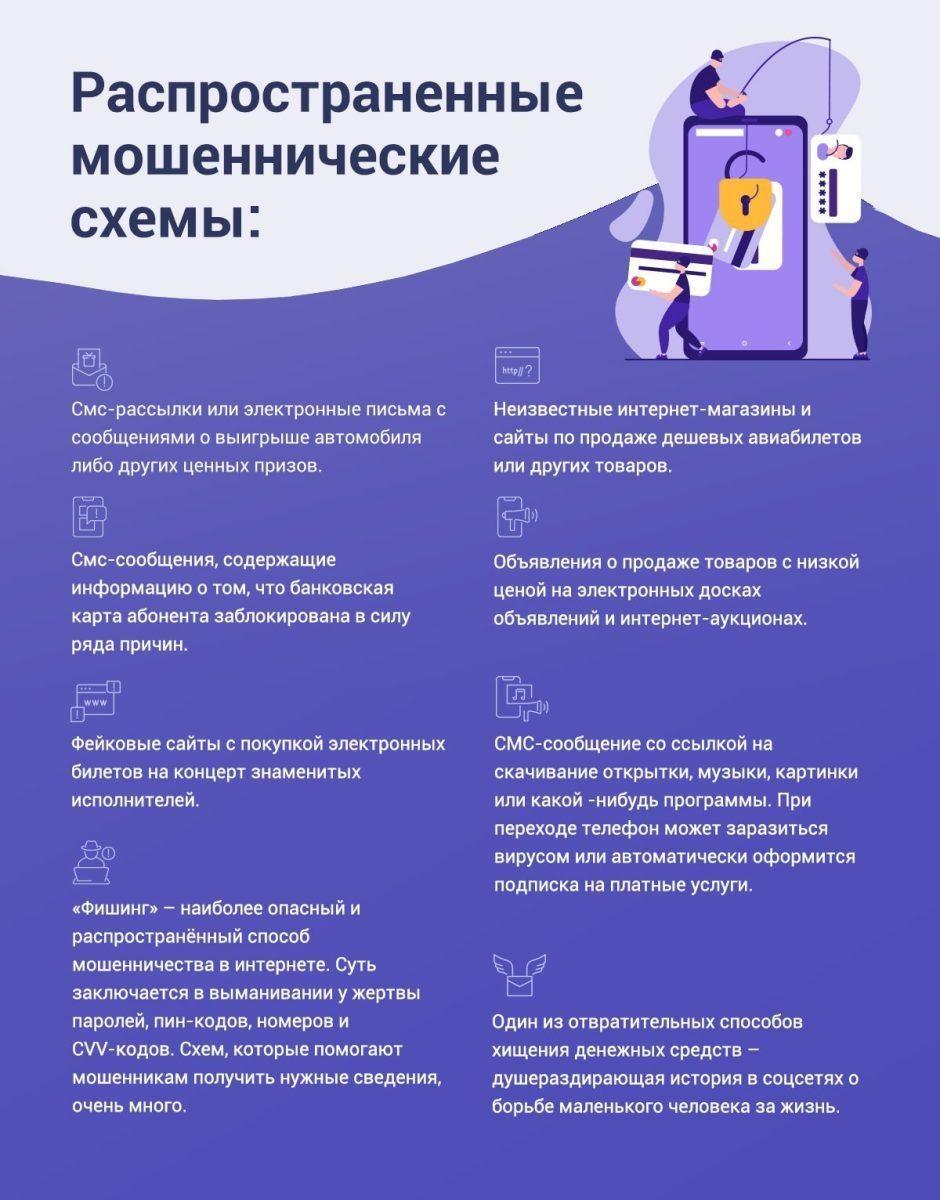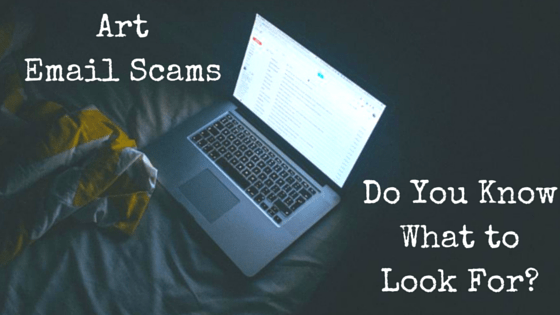
What you need to know to protect yourself from art scams
Contents:

We all know that there are online art scams, but sometimes it's easy to forget the warning signs in anticipation of a potential sale.
Art scammers play on your emotions and desire to make a living from your art.
This heinous strategy allows them to steal your original work, money, or both. It is essential to know the signs and how to protect yourself so that you can continue to enjoy legitimate online opportunities. And keep selling your art to a whole new audience of interested, REAL buyers.
How to know if you've received an art scam email:
1. Impersonal stories
The sender uses the story to hook you up about how his wife likes your work or wants art for a new house, but it sounds petty and impersonal. The great tip is that they don't even address you by your first name, but just start with "Hi". So they can send the same email to thousands of artists.
2. Foreign email sender
The sender usually claims to live in another country — far from where you live — to make sure the art has to be sent. It's all part of their dastardly plan.
3. Sense of urgency
The sender claims that he urgently needs your art. This way, the artwork will be sent before you discover that the check or credit card details are fraudulent.
4. Fish request
The request does not add up. For example, a sender wants to buy three items and asks for prices and sizes but doesn't specify the names of the items. Or they want to buy an item that is marked as sold on your site. It will smell like suspicious activity.
5. Bad language
The email is riddled with spelling and grammatical errors and is not transmitted like a regular email.
6. Strange spacing
Email is at a strange distance. This means that the weasel casually copied and pasted the same message to thousands of artists, hoping that some would fall for the bait.
7. Request for a cash receipt
The sender insists that they can only pay by cashier's check. These checks will be counterfeit and you could be charged when your bank discovers the fraud. However, by the time this happens, the scammer will already have your art.
8. External delivery required
They want to use their own shipper, which is usually a fake shipping company involved in fraud. They often say they are moving and their moving company will pick up your work.
Remember that a scam email may not have all of these signs, but use your intuition. Scammers can be cunning, so stick to the old adage, "If it seems too good to be true, it probably is."
РљР ° Рє Р · Р ° С ‰ РЁС‚РёС‚С СЃРµР ± СЏ:
1. Study email
Enter your email address into Google to see if anyone else has received the same suspicious mail. Art Promotivate has detailed this approach. You can also browse the blog's stock of scam posts, or check out artist Kathleen McMahon's list of scam names.
2. Ask the right questions
If you're unsure about the legitimacy of an email, ask for the sender's phone number and say you'd rather talk directly to potential buyers. Or insist that you can only receive money through PayPal. This will almost certainly put an end to the scammer's interest.
3. Keep personal information private
Make sure you never give out personal information such as bank details or credit card details to facilitate the transaction. According to an art business expert and photographer, "if you share this information with scammers, they will use it to create new accounts and commit fraud with your identity." Instead, use something like . You can read why Lawrence Lee uses PayPal and made many Artwork Archive transactions through it.
4. Don't continue even if it's tempting
Don't go down the rabbit hole by playing along. The artist recommends not answering at all, even “no, thanks.” If you go through multiple emails only to realize it's a scam, cut off all contact.
5. Be aware of scams and never transfer money
If you have been deceived to such an extent that scammers accidentally took your work and "overpaid", never transfer money back to them. Your redemption money will go to them, but the original check or credit card details they sent you will be fake. This is how their scam succeeded.
Have you ever dealt with scammers? How do you deal with it?
Leave a Reply